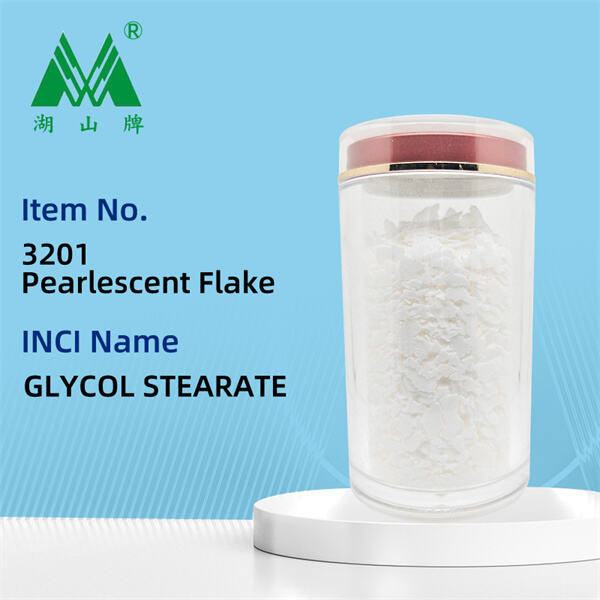One of the ingredients, Ethylene Glycol Di Stearate, is used in contents of most of the products we come across every day. So, let's get to know what it is and how it is used!
Ethylene Glycol Di Stearate is a special type of chemical. The interesting part is that it's made from two things: ethylene glycol and stearic acid. This ingredient is a white, waxy material. It’s found in many products, including cosmetics, personal care products and some foods. It aids these products in staying blended together and gives them smoothness and creaminess.
Ethylene Glycol Di Stearate plays a key role in creating a luxurious feel in cosmetics or personal care products. It makes lotions, creams and other products feel soft on our skin. This ingredient also prevents all the oils and other ingredients from separating, to help the product remain well mixed.
Ethylene Glycol Di Stearate is produced by an esterification process. That is to say, the final product is formed through the condensation between ethylene glycol and stearic acid. Once produced, it can be introduced into various meters, to enhance both the feel and performance.

Ethylene Glycol Di Stearate has a lot of benefits in various fields. In cosmetics, for instance, it is used to give products a silky feeling on skin. In food, it can be used to hold all the parts of something together in substances like dressings and sauces.

However, as is the case with many ingredients, there are some risks. Ethylene Glycol Di Stearate may cause allergy/sensitivity in some individuals. The date range varies, it can all the way to October 2023, so if you have allergies be sure to look at the ingridients list on products or avoid using them. Also, use products containing Ethylene Glycol Di Stearate, as guided, to avoid facing any issues.

Ethylene Glycol Di Stearate: Other Applications Apart from Cosmetics and Food. As such, it is particularly good at things like making machines run better, since it reduces friction. It is also used in cleaning products to aid in breaking up dirt and grime on surfaces.